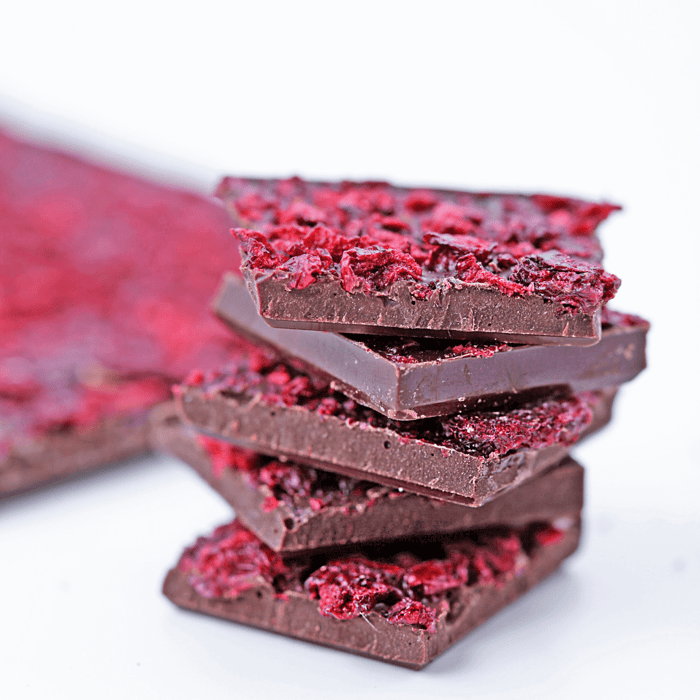How well do you know your body – and what has been the most instructive in getting you there? For some of us, getting to know our anatomy will have been greatly aided by the art of self exploration, but there are also nooks and crannies that cannot be discovered with hands alone. Short of an at-home ultrasound system, there are very few definitive resources when it comes to figuring out what's what when it comes to your reproductive system – and we all know that Google can be a fickle mistress, predicting death and disease when it has absolutely no business doing so.
It's no surprise that we are somewhat in the dark when it comes to figuring out our vaginas. For one thing, the vulva – the outer part, incorporating the inner and outer labia, the vagina and the clitoris – is rarely seen depicted in film or TV, while the penis gets a disproportionate amount of air time. Science can't even be relied upon to keep us informed; the first definitive scientific study of the clitoris was done in 1998, by Australian urologist Helen O'Connell, who revealed, for the first time, its size and scope.
While 1970's Our Bodies, Ourselves went some way towards enlightening the world about female anatomy, sexuality and reproduction, times, they are always a-changing – and, in 2020, we have a wide selection of books to choose from if we want to learn more about just that. Here's our pick of the bunch.
You may know ob-gyn Dr Jen Gunter as the woman who dedicates a significant portion of her online output to debunking the myths about vaginas perpetuated by Gwyneth Paltrow's lifestyle site (and brand), Goop. Her 2019 book, The Vagina Bible is, according to the Atlantic, "a user's manual for anyone who has one." Gunter, who has a vulvar- and vaginal-diseases clinic, uses the book to explore areas affecting people with a vulva, from medical marginalization to chronic pain and sex therapy. If you've ever read anything about your anatomy and thought, I had no idea... then this is the book for you.
Pulitzer prize-winning writer Natalie Angier describes Woman, her 1999 book, as "a celebration of the female body" and her enthusiasm for the topic is clear in her exuberant prose. It's a sprawling work that covers evolutionary biology, sex differentiation and reproduction, and Angier combines her scientific and medical know-how with the pithy, entertaining writing one would expect from a New York Times journalist, meaning that this is both highly informative and utterly readable. A treat.
Naomi Wolf's 2012 study of what she herself calls the "yoni" has come under fire by some in the scientific community for her, well, kind of haphazard attitude to science itself. Though there is a lot of science in the book, subtitled "A New Biography", there are moments of reverence for what could – generously – be referred to as "alternative therapy". But it's an extensive look at the vagina and, crucially, the female orgasm, spanning centuries and including thought-provoking writing on rape as an instrument of war, the cultural history of the vagina and the historical obsession with the vagina, the womb and women's sexual pleasure. On which note, if you're looking to read about the female orgasm, Wolf is your woman.
It would be reductive to describe this as a book about trans bodies, because it's so much more, with each chapter written by transgender or genderqueer authors, providing authoritative information on gender identity, medical and surgical transition, parenthood and more. It's an invaluable resource for transgender people, but also for anyone seeking further understanding of the issues facing trans women and men today.
Don't be misled by the subtitle – the body project is an extensive look at how girls' bodies, and their relationships to those bodies, have evolved over the centuries, looking at the issues facing people growing up in a female body, and how those issues have been affected by cultural, economic and environmental changes. If you've ever wondered why the body – and specifically the female body – is more fetishized today than ever before, this book might just answer the question for you.
This cultural history will give an incredible insight into every misconception you've ever had about the vulva and vagina – and then some. Stein takes an everyday – or, okay, every-few-weeks – occurrence and debunks the myths around it, opening the door to conversations about period sex, menstrual maladies and the treatment of menstruating women through the ages.
Journalist Lynn Enright's debut book, Vagina, does exactly what it says on the tin: it's a highly relatable and readable piece of work on the vagina, vulva and beyond, delving into issues around the history of female sexuality, as well as touching on Enright's own experience as a person with a vagina, from her upbringing in Catholic Ireland to her efforts to reproduce. It would be an excellent choice for a teenager or young person with a vagina whose knowledge thus far has limited by, well, the patriarchy.



